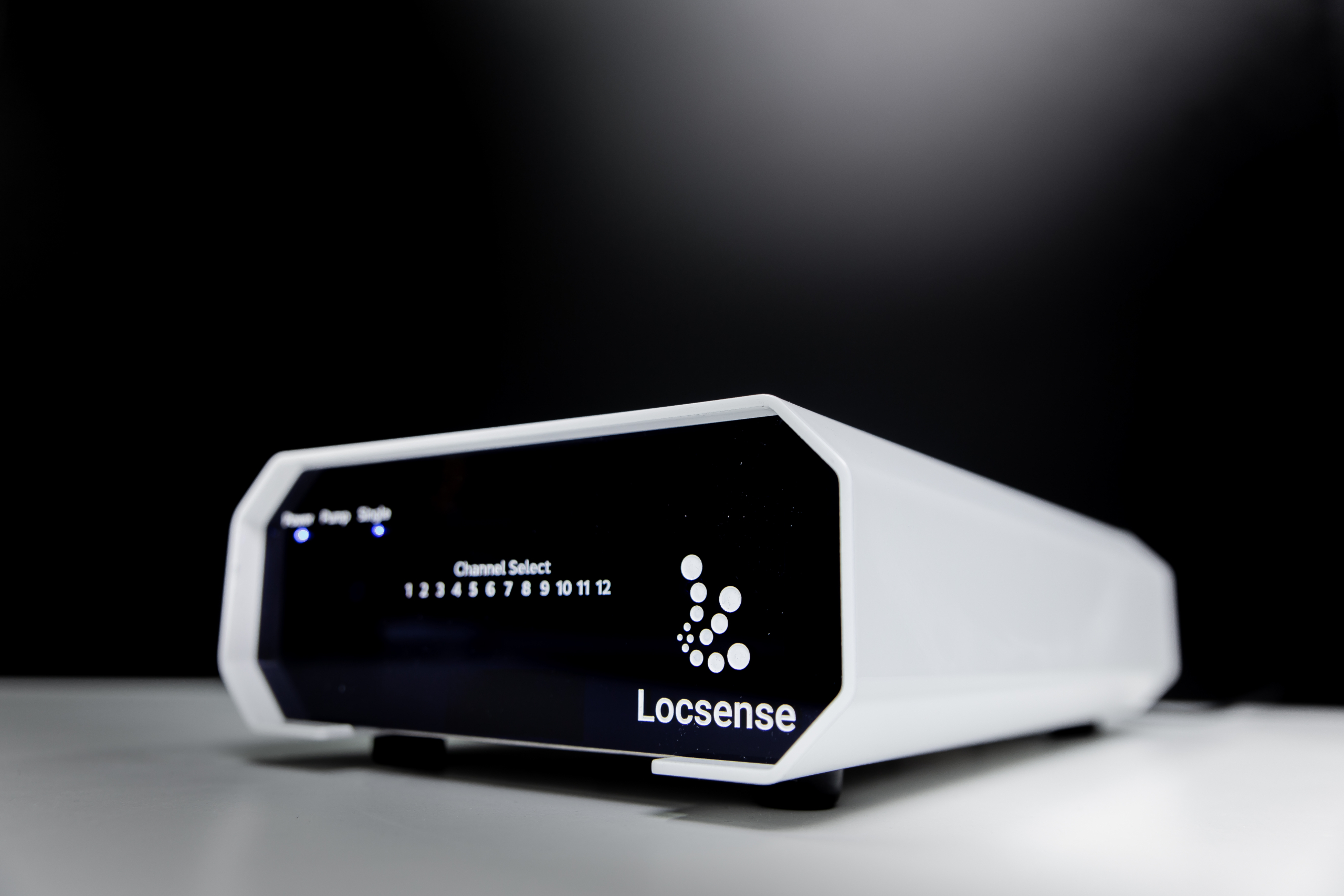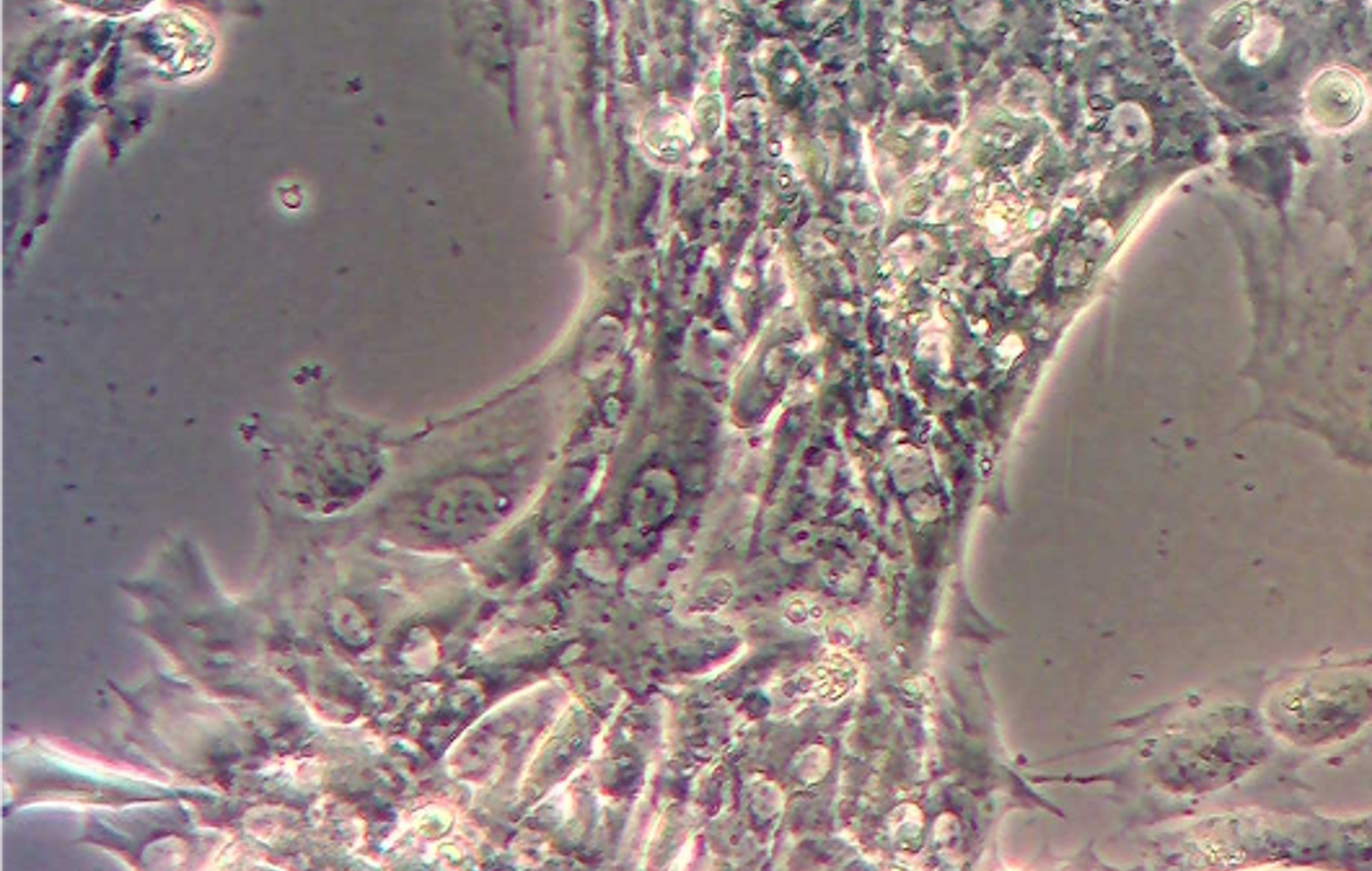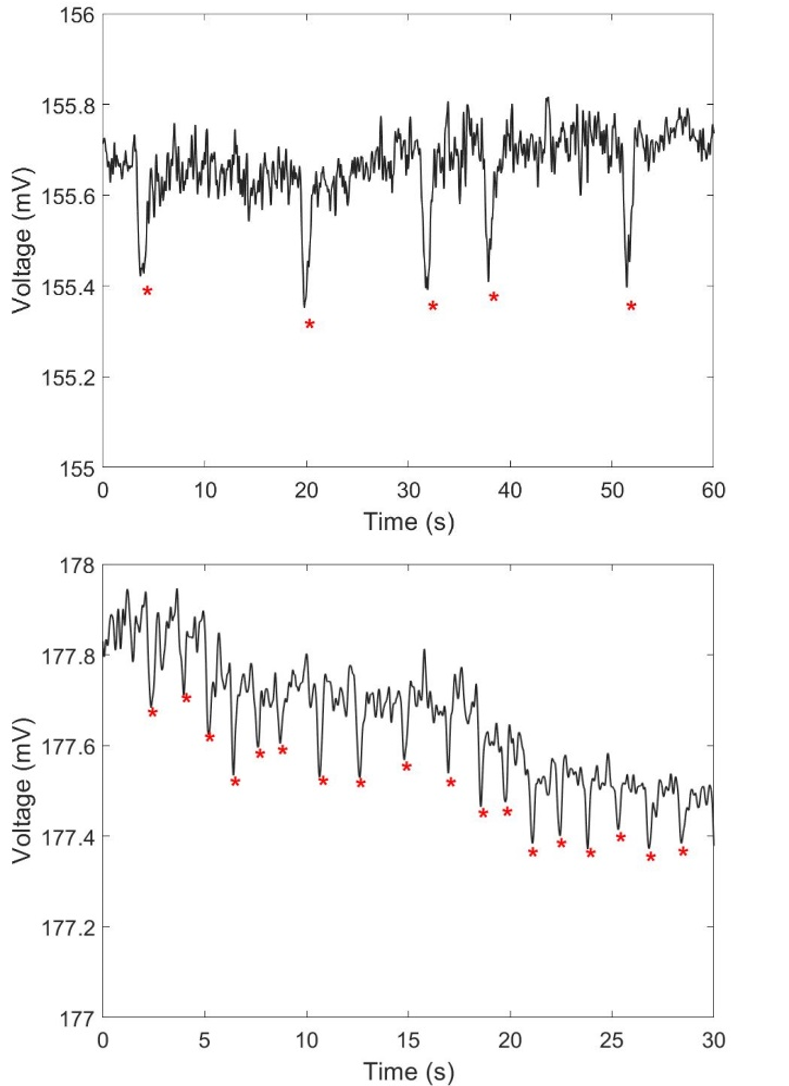Project Description
Monitoring the contractions of heart cells
Maria Perez-Zabalza and Susan Roelofs, Locsense
Jolien Wichers Schreur, Saxion University of Applied Sciences
Cardiovascular diseases are the leading cause of death worldwide. The irruption, in recent years, of the use of human-induced pluripotent stem cells (hiPSCs) for the study and modeling of cardiovascular diseases and cardiovascular drug safety screening has led to better treatments with fewer side effects and a saving in medical costs.
The Saxion University of Applied Sciences uses the Artemis, see figure 1, to measure the activity of beating hiPSCs derived cardio myocytes (hiPSC-CMs). With the time resolution that the ARTEMIS offers, the frequency of the contraction of the hiPSC-CMs as well as the shape of the peaks is monitored.

Figure 1. Image of the Locsense Artemis. Cells in culture can remain in the incubator while measuring the activity.
The (hiPSC-CMs), see figure 2, were seeded in a culture platform with integrated electrodes, forming a heart-on-a-chip. The cells were exposed to isoproterenol which resulted in a strong increasing effect on the heartbeat. This effect is shown in figure 3.

Figure 2. Microscopy picture of the cardiomyocytes.

Figure 3 top: Electrical activity measurements showing contractions of the hiPSC-CMs before adding isoproterenol. below: Electrical activity measurements showing contractions of the hiPSC-CMs after adding isoproterenol. The frequency of the hiPSC-CMs more than tripled after adding the drugs to the hiPSC-CMs in culture.
